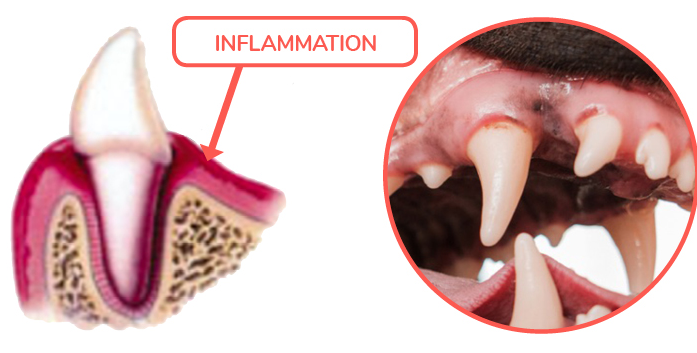The scientific name for gum disease is lymphocytic plasmacytic stomatitis (LPS) and is a fairly common problem in cats 2 years old and older. This disease may initially appear as a case of gingivitis, an early stage of gum disease. At this stage, the gums appear red where they meet the teeth. This mild irritation of the gums is usually not too painful and can usually be corrected with proper dental cleaning.
Stomatitis occurs when the entire mouth becomes inflamed, causing the tissue to become puffy with a bright red appearance. When the disease reaches this stage, it can be very painful. Most cats will have trouble eating or stop eating.
Owners may notice that the cat is having trouble chewing its food, is salivating excessively, has very bad breath, or has lost weight. The disease is caused by an immune response that is abnormal by lymphocytes and plasma cells. Lymphocytes and plasma cells are necessary to the immune system, but when they accumulate in a spot where they are not supposed to be, they can send out signals to the body that release chemicals that cause inflammation and pain. The cause of this may be certain kinds of bacteria or viruses. The course of the disease may be influenced by many factors. Treatment in the early stages of LPS consists of a thorough dental cleaning, sometimes accompanied by some Anti-inflammatory medications.
This combination may clear up the problem, but some cases require other more serious measures. Most cases require extraction of the teeth. When the disease becomes severe, all of the teeth behind the canines must be extracted. This means that most pets must eat soft food for the rest of their lives. Most of the pets receiving this treatment improve dramatically, although in only about one-fourth of patients will the gums become completely normal again. The pets must receive a yearly oral exam in order to prevent the disease. Oral exams prevent the pet from the possibility of receiving many other problems.




